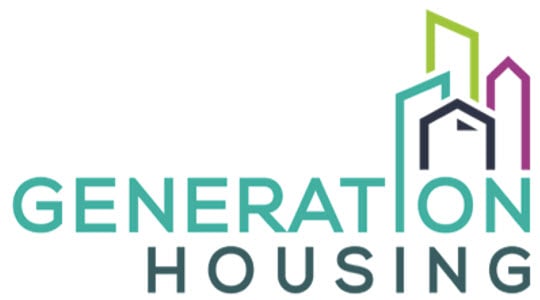Action Hub


How Can I Help?

Ultra-Speedy Actions:
0 to 5 mins
- Sign our petitions
- Share our petitions
- RSVP to our next House Party!
- Sign up for our Weekly Housing Pulse
- Sign up for action alerts
- Sign up for text alerts
Quick Actions
5-10 mins
- Write a letter to the editor
- Put up a poster or yard sign

Skill-Ups

Meetings & Volunteering
1 hour +
- Sign up to make public comment at the next public meeting
- Connect with a local city council member
- Sign up to volunteer
